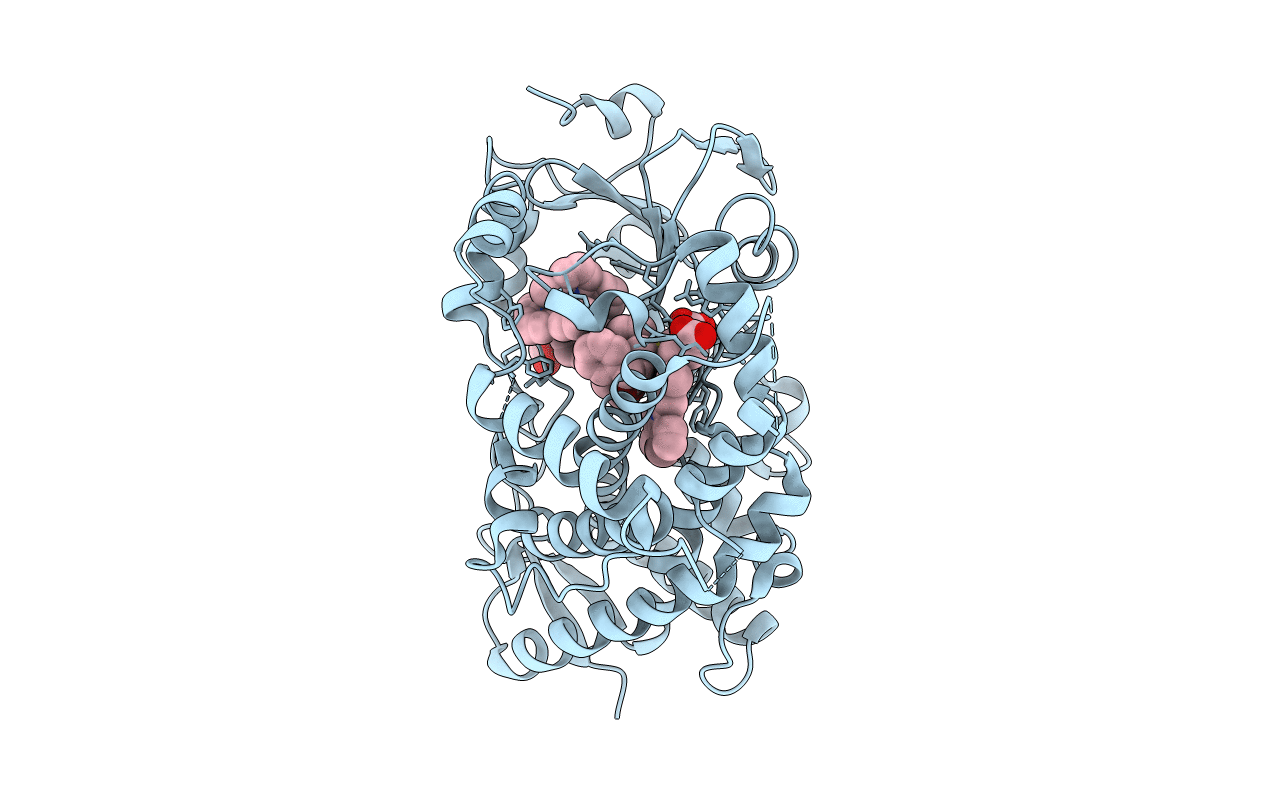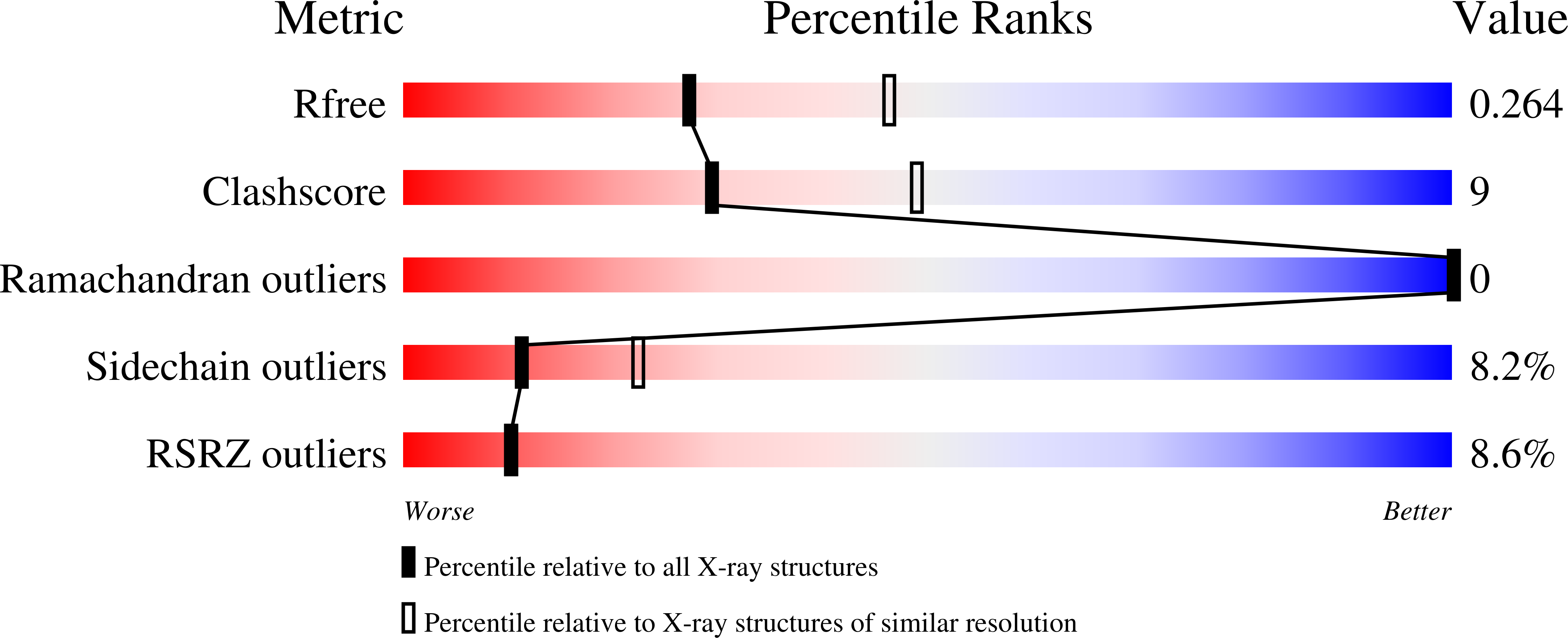
Deposition Date
2020-11-21
Release Date
2021-06-02
Last Version Date
2023-10-18
Entry Detail
PDB ID:
7KS8
Keywords:
Title:
Crystal structure of human CYP3A4 with the caged inhibitor
Biological Source:
Source Organism:
Homo sapiens (Taxon ID: 9606)
Host Organism:
Method Details:
Experimental Method:
Resolution:
2.50 Å
R-Value Free:
0.26
R-Value Work:
0.21
R-Value Observed:
0.21
Space Group:
I 2 2 2


